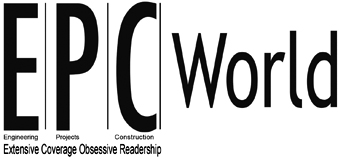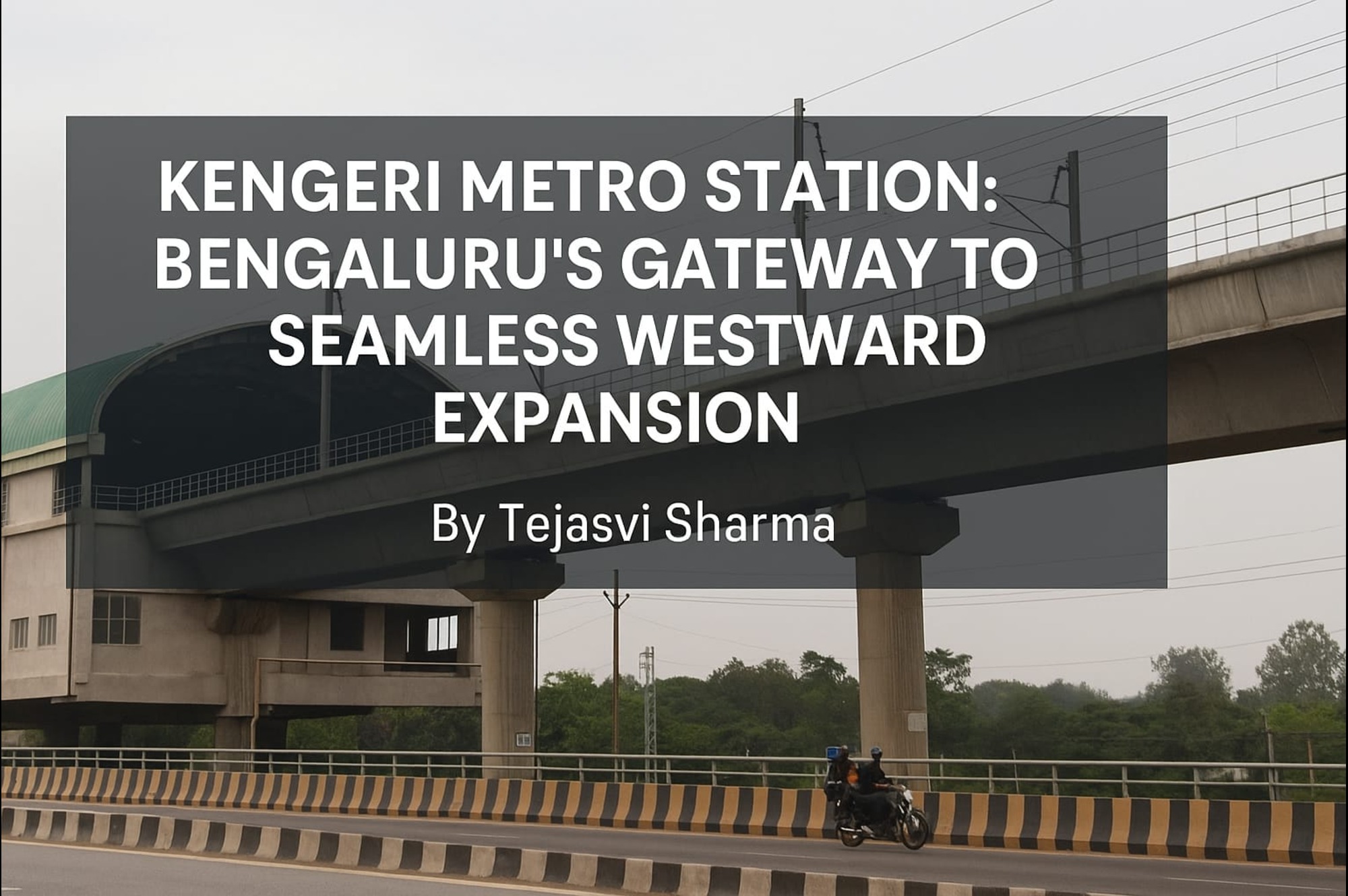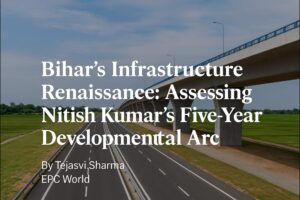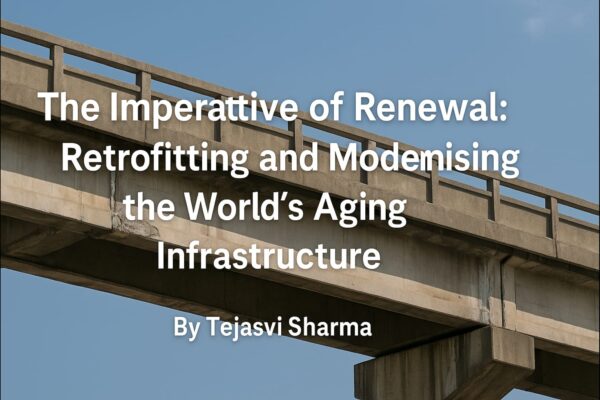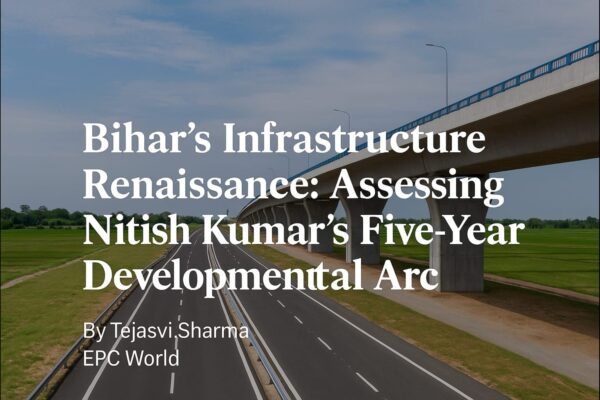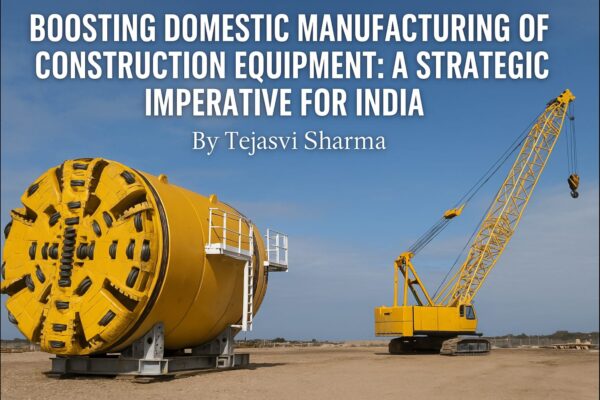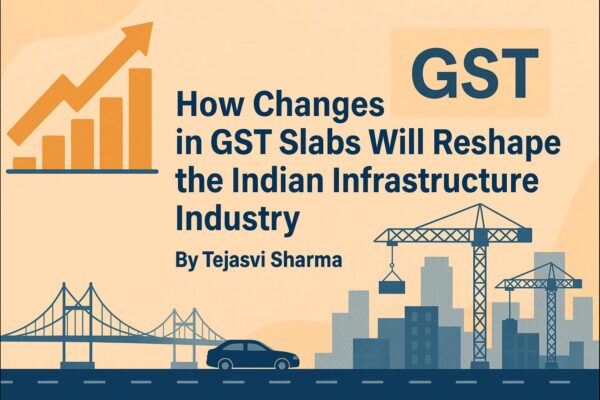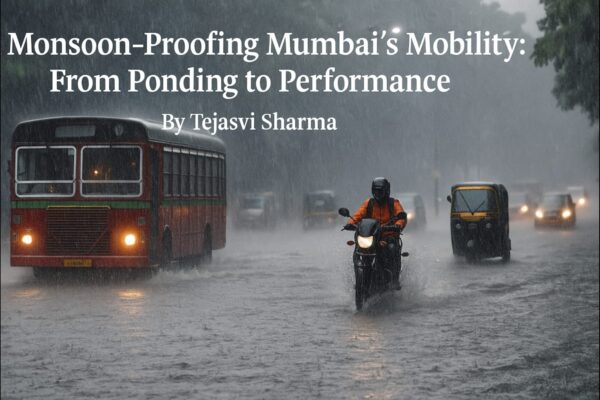Kengeri Metro Station: Bengaluru’s Gateway to Seamless Westward Expansion
by Tejasvi Sharma, Editor-in-Chief, EPC World
As the sprawling city of Bengaluru evolves into a global tech powerhouse, infrastructure has become its most defining challenge—and opportunity. Among the pillars of this transformation is the Namma Metro project, and at the heart of its western corridor lies the Kengeri Metro Station, a vital node that is rapidly reshaping urban connectivity in Bengaluru.
Inaugurated in August 2021, Kengeri Metro Station is a key extension of the Purple Line under Phase 2 of Bangalore Metro Rail Corporation Limited (BMRCL). Strategically located in the western suburb of Kengeri, this elevated terminal station has emerged as more than just a transit point—it is a catalyst for multi-modal integration, real estate revitalization, and last-mile connectivity in a rapidly urbanizing region.
The Purple Pulse of Bengaluru
The Purple Line of Namma Metro, which originally stretched from Baiyappanahalli to Mysore Road, has now extended 7.5 km further west to Kengeri, integrating once-isolated suburbs into Bengaluru’s core transit network. The Kengeri extension includes six new stations: Mysore Road, Nayandahalli, Rajarajeshwari Nagar, Jnanabharathi, Pattanagere, and Kengeri.
With this extension, the Kengeri Metro Station now acts as a western terminal, directly connecting commuters to MG Road, Indiranagar, and Whitefield, thereby reducing travel time, easing congestion on Outer Ring Road (ORR) and Mysore Road, and offering a sustainable alternative to the city’s notorious traffic bottlenecks.
Engineering and Design Excellence
From an engineering standpoint, the Kengeri Metro Station is a feat of urban infrastructure. Constructed as an elevated station, it features:
- Double-track viaducts
- Island platforms for efficient passenger movement
- Integration-ready bays for BMTC feeder buses, autos, and cab pick-ups
- Disabled-friendly infrastructure such as tactile flooring, elevators, and ramps
Built with a blend of precast and cast-in-situ concrete technologies, the station adheres to modern EPC standards with minimal ecological disruption, optimized construction timelines, and high structural integrity. The use of precast U-girders and segmental box girders significantly minimized on-site execution time—critical in a live urban environment.
Multimodal Mobility Hub
One of the biggest differentiators for Kengeri Metro Station is its multi-modal integration. As a transit-oriented development (TOD) node, the station connects seamlessly with:
- BMTC Bus Terminal (Kengeri TTMC) located adjacent to the station
- Auto-rickshaw stands with pre-paid services
- Proximity to Kengeri Railway Station (only 1.2 km away), enabling regional integration
This strategic positioning elevates Kengeri as a multimodal mobility hub, offering frictionless interchange between metro, bus, suburban rail, and paratransit options.
Real Estate and Economic Ripple Effect
Since the inauguration of the metro extension, real estate activity in Kengeri has witnessed a significant uptick. The surrounding zones, once considered fringe markets, are now witnessing new residential and commercial launches by leading developers. Improved urban accessibility, combined with affordable land prices, is transforming Kengeri into a new growth corridor in West Bengaluru.
Retail spaces near the station have seen footfall increase, and the government’s push for Transit-Oriented Development (TOD) is attracting institutional investors and infrastructure funds into the ecosystem.
Sustainability and Urban Resilience
In line with global best practices in green transit infrastructure, Kengeri Metro Station incorporates:
- Rainwater harvesting pits
- Solar panels for auxiliary energy use
- LED-based lighting systems
- Low-emission construction materials
These measures align with BMRCL’s broader agenda of creating climate-resilient infrastructure that supports Bengaluru’s aspirations to become a low-carbon urban economy.
Looking Forward: The Purple Line to Challaghatta
By mid-2025, the Purple Line will extend further by 2 km to Challaghatta, taking the total length of the line to 43 km. This extension will further cement Kengeri’s role as a mid-corridor anchor, ensuring balanced transit load across terminal stations and spreading urban pressure more evenly across the city’s geography.
Conclusion: Kengeri as a Model of Suburban Transformation
The Kengeri Metro Station exemplifies how transit infrastructure can unlock suburban potential, reduce urban strain, and support equitable growth. For a city like Bengaluru, which adds nearly 1,500 new vehicles per day, metro projects like these are no longer optional—they are imperative.
As infrastructure stakeholders, EPC contractors, and urban planners look to the future, Kengeri Metro Station serves as a template for inclusive, integrated, and sustainable mobility that Indian cities can replicate.
Tags
